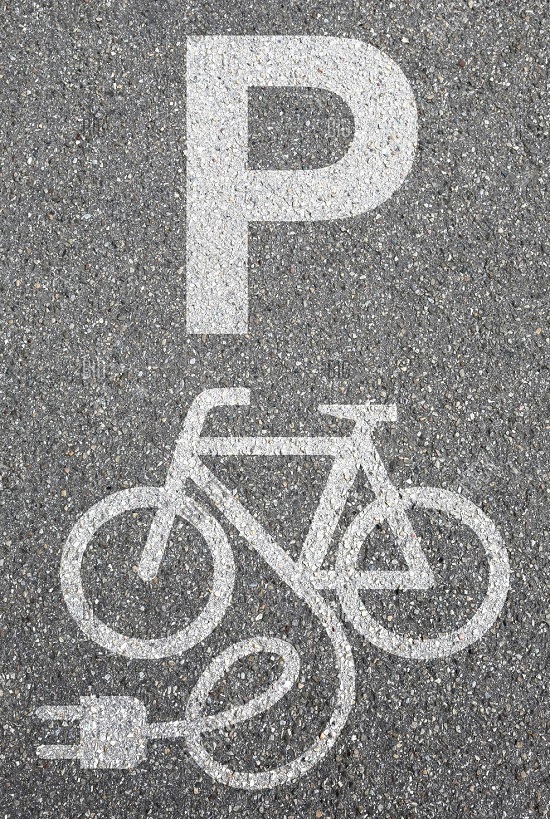
Making buildings fit for (electric) bicycles
In December 2016, the European Commission proposed a revision of the Energy Performance of Buildings Directive with the overall view of increasing the energy efficiency of the building sector. For the first time, a linkage with the mobility sector was recognised as it introduced provisions for electro-mobility. But it fell short by not taking (electric) cycling into account.
The Commission’s proposal related to electro-mobility comes down to essentially two key elements:
- In all new non-residential buildings and in all existing non-residential buildings undergoing major renovation with more than ten parking spaces, as of 1 January 2025, at least one of every ten is equipped with a recharging point within the meaning of the Alternative Fuels Directive;
- In all newly built residential buildings and those undergoing major renovations with more than ten parking spaces, the pre-cabling to enable the installation of recharging points for electric vehicles for every parking space have to be included.
While the proposal implicitly focusses on e-cars, the Alternative Fuels Directive 2014/94/EU in fact also includes L-category vehicles, that means for example speed pedelecs are covered by the proposal of the Commission. However, pedelecs, which account for more than 95 % of sales of electric powered assisted cycles (EPACs), and normal bicycles do not fall within its scope. And this is a big problem: the bicycle is the most-energy efficient mode of transport and as such can make a significant contribution to decarbonise the transport sector and improve its overall energy efficiency. However, the further success in consumer acceptance in buying (electric bicycles) will also depend on whether they can be easily accessed and securely stored in the parking space of buildings. Therefore, a sufficient number of charging points in the form of standard household sockets should also be provided.
The legislative proposal is discussed in Parliament now. Last week the Parliament’s Industry Committee (ITRE) discussed the 628 amendments that were submitted to the Rapporteurs draft report, with 3 MEPs mentioning the importance to look at active modes too: Florent Marcellesi (Greens/EFA) argued for a holistic approach on sustainable mobility where electro-mobility is just one part but needs to be complemented with public transport and cycling facilities; Dario Tamburrano (EFDD) said that bicycle parking needs to be included in the legislation too; and Jaromir Kohliček (GUE/NGL) mentioned the need for power points for electric bicycles.
ECF welcomes these statements. As part of the EU Cycling Strategy, developed by 15 organisations and published in June 2017, we argued that cycling should have a level-playing field with other transport modes. That means: if there are to come special provisions to facilitate e-cars then the cycling sector needs to enjoy the same benefits.
We will work with Members of the European Parliament to make sure ECF’s suggestions are properly integrated in a Compromise Amendment. The Committee’s vote will take place in October 2017 after the summer recess.
Contact the author
Recent news!
Upcoming events
Contact Us
Avenue des Arts, 7-8
Postal address: Rue de la Charité, 22
1210 Brussels, Belgium









